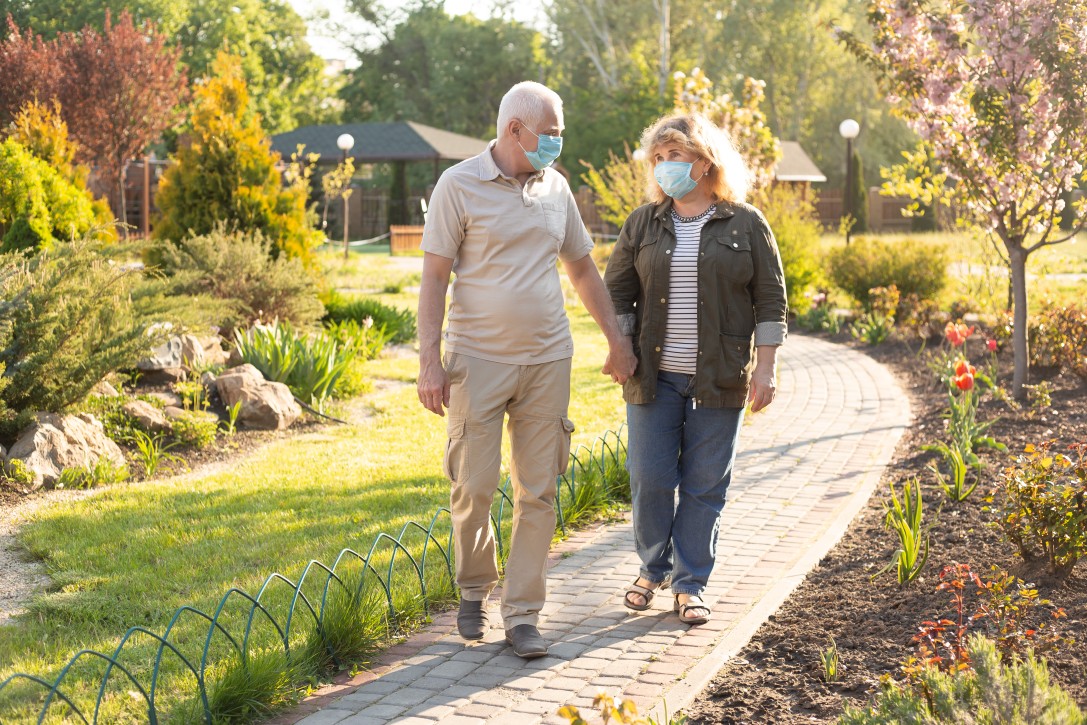
Heavy Rain, Flooding, and Chance of Severe Weather Staring Down the Southern U.S.
January 22, 2024
Posted: September 10, 2021 11:10 am





Delta Variant Makes it Challenging to Distinguish Between Fall Allergies and COVID-19
With the passing of Labor Day, the unofficial start to fall is here. While fall does not officially begin until the equinox on September 22, there has been a definite change to the weather in many parts of the nation. A new season brings a whole new set of potential allergy triggers. Here is what you can expect this fall for allergies in the US.
The most common allergy trigger during the fall months is ragweed. The pollen from this type of plant is prevalent in North America, making it the most significant contributor to seasonal allergies during autumn. Mold is another likely irritant during fall allergy season because it easily grows in damp leaves.
Allergy symptoms vary between individuals with the most common symptoms manifesting as runny nose, congestion, eye irritation, and sneezing. Depending on the individual’s tolerance level, the symptoms may be a slight nuisance or a serious health issue.
The weather can also greatly influence how bad the allergies are at any given time. The typical fall allergies can set in well before the first day of the season, especially in cooler climates.
When and how severe the fall allergens will hit largely depends on where you live. Here is what to expect in different regions of the US.
According to the US Centers for Disease Control and Prevention (CDC), those individuals who are prone to fall allergies should check local pollen forecasts and avoid spending time outside when the levels are high. You should also avoid touching your eyes when spending time outdoors. Once you come back inside, it is a good idea to wash your hands immediately. Showering after being outside in an attempt to remove the pollen from your skin and hair is another good preventative measure.
Keeping your windows closed when pollen levels are high will keep the irritant out of your home. Installing high-efficiency filters for your home’s heating and air conditioning systems is another protective step.
Over-the-counter allergy medications can provide targeted relief for sufferers. An allergist is a good source of information and advice when looking to relieve symptoms.
What was once a nuisance is now cause to step back and wonder if you have COVID-19. Unfortunately, there is a large overlap in COVID-19 symptoms and run-of-the-mill allergies, making it challenging to distinguish between the two. While both issues cause a runny nose, drainage, and a sore throat, allergies are more likely to produce an itchy nose, eyes, and throat.
Allergy symptoms are also more likely to come and go depending on the current pollen count levels. Conversely, COVID-19 symptoms tend to worsen over time before a patient finally turns the corner.
The onset of the Delta variant and the increase in vaccinated individuals are also making it more difficult to distinguish between allergies and COVID-19. For example, during the earlier strains of the virus, infected individuals were more likely to experience a fever as a major symptom. Those people with breakthrough cases after being vaccinated do not usually present with a fever.
If your symptoms are getting worse and not improving after taking allergy medication, there is a good chance that you may have been infected with COVID-19. The odds of this are even higher if you have not been vaccinated.

January 21, 2024

January 19, 2024

January 18, 2024